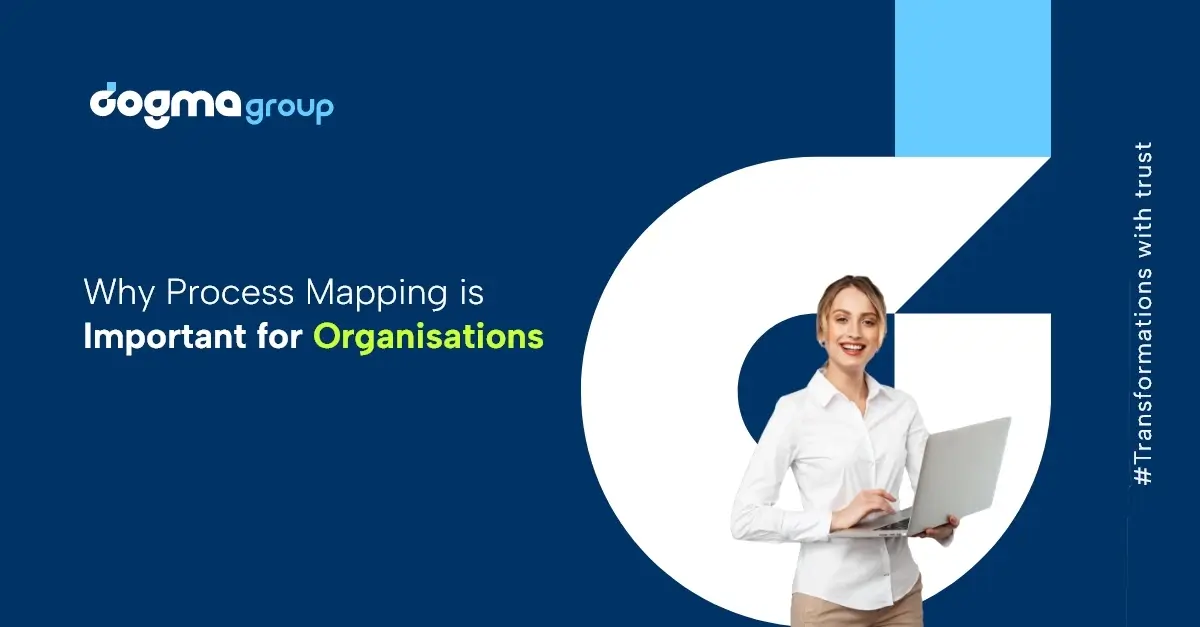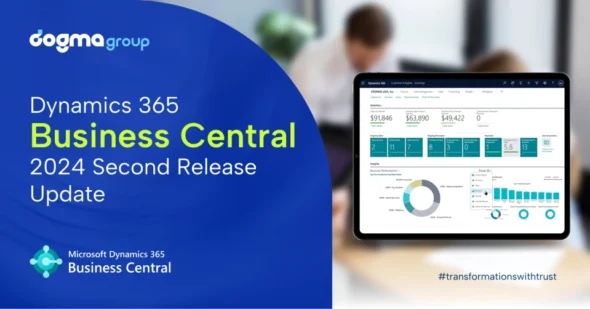What are business processes, and why do businesses rely on processes?
Organisations of all sizes and domains rely on a set of linked tasks called business processes to deliver their products and services or achieve predetermined goals. Typically, these tasks and activities have specific inputs and outputs and are standardised, repeatable and measurable to allow companies to produce consistent outcomes and drive organisational growth.
It is also possible to define business processes as the combination of management, support and operational processes that are the heart of every organisation.
While management processes control the operation of various organisational functions, support processes enable departmental functions like HR and Accounting. Operational processes, however, make for the core business workflows.
What is business process mapping?
Business process mapping (BPM) is an age-old approach that helps businesses document and visualise their processes in detail. It has been a great organisational tool for the better half of the past century for defining all the inputs, roles and responsibilities, decision criteria and outputs that business processes require for their satisfactory conclusion.
But that is just half its definition by modern standards. Today, process mapping is an inseparable part of business process management practices that are geared towards mitigating process gaps and enabling the automation of many manual inputs by reengineering the entire business process to meet modern business needs.
Types of business process mapping
-
- Input-Process-Output (IPO) Model
It categorises a business process into three distinct steps: Input or planning, Process or execution, and Output or result.
-
- Fishbone diagram
It allows companies to map out each major parameter of a business process to forecast expected results and challenges.
-
- Supplier, Input, Process, Output, Customer (SIPOC) map
It documents in a chart how each process component interacts or is linked to the others within a business process.
-
- Swimlane map
It provides a conclusive view of the roles and responsibilities of each staff or team within a business process. And for that reason, Dogma’s experts usually prefer swimlane maps.
What are the benefits of Business Process mapping?
A proper business process mapping project in partnership with trusted industry advisors like Dogma allows companies today to leverage BPM experts to standardise and streamline their business processes for fluidity in their operations. It also helps them achieve greater efficiencies through automation, shared understanding of acceptable procedures and effortless knowledge transfer.
But it would be wrong to assume that the benefits of business process mapping end there.
10 benefits of business process mapping for organisations
1. Understand reality and clarify expectations
BPM primarily allows businesses to catalogue their As-Is processes for end-to-end visibility into usual workflows. Knowing how the final product or service materialises and how existing processes contribute towards it ensures business continuity and alignment of business operations with organisational goals. It helps business leaders communicate their end expectations pertaining to each business process. It also allows business owners to ensure that business operations drive expected outcomes that have been designed to help organisations grow.
2. Enable continuous process development

With a clear map of As-Is processes, decision-makers can often find process gaps and areas for future improvement. Considering the existing processes as the baseline, companies can change process components like cost, total staff-hours, skills, waiting time and quality standards to design more efficient and cost-effective To-Be processes.
Using technology like Artificial Intelligence, Machine Learning and Robotic Process Automation, they can add greater efficiencies through automation and predictive controls. And with continuous evaluative assessments over time, businesses can further revise their process maps to streamline tasks for waste reduction and unprecedented growth while adapting to changing economy.
3. Standardise processes for consistency
Business process mapping allows you to lay down a centralised reference for everyone to help them understand the process parameters and benchmarks. This enables you to continuously meet product and service quality standards for a consistent output with a predictable use of resources.
It also allows for flexible updating of process components as they evolve so that all participants are made aware of the changes in time.
4. Enable effortless knowledge transfer

Since they are standardised, business process maps can be a great tool for the onboarding process of the new staff. When companies have their best practices and procedures laid down in words, the newcomers will have no ambiguity and doubts about handling a certain task or responsibility. In a way, BPM also makes things transparent and easy to understand. More importantly, it allows companies to spend less time and resources on training and induction and efficiently continue operations when key staff are on leave.
5. Define roles and promote autonomy

Modern business processes often involve sequential tasks based on intricate resource or staff dependencies. Organisation leadership can use business process maps to clearly define the sequence of processes thus ensuring operational continuity and avoiding any misinterpretations. By defining task owners and clarifying roles, cross-departmental processes can run fluidly and independently without bottlenecks. Well-defined roles and responsibilities, predetermined timelines and standardised procedures allow employees to perform their duties with autonomy and without ambiguity. This helps businesses unlock higher collaboration and greater efficiencies while eliminating the occurrence of errors.
6. Save time and costs while managing risks

BPM not only helps identify process gaps and bridge them for continued process optimisation but also saves a lot of time and expenses. Automation saves time on manual tasks and directs knowledge resources towards creativity and driving more growth. And when businesses reduce waste by streamlining operations and defining resource allocation for tasks, operational costs drop drastically, allowing for more efficiency gains.
Process mapping also helps pinpoint risks and dependencies beyond internal control for better risk management. This allows businesses to proactively plan for alternatives for process continuity or control activities to de-risk the outcomes, thus, saving undesired costs of process failures.
7. Ensure compliance and governance

Ensuring compliance becomes much easier when businesses map their processes. All organisations are subject to complex regulations that govern everything from human resources and taxes to environmental and consumer standards. BPM helps map compliance risks every step of the way to allow businesses to clearly communicate regulations and always ensure compliance. It also improves the auditability of business processes as well as the governance of the organisation.
8. Improve problem-solving and cross-functionality

Clearly defined process maps foster quick problem-solving during moments of crisis by enabling people to find solutions on their own. Process maps typically outline procedures, guidance notes and instructions, forms, videos, and other information that assist all employees in performing their roles and jobs.
Also, employees from one team can see how their tasks are linked to other teams or clients. Process maps pinpoint collaboration points and cross-functionalities to help everyone understand how their roles enable their business to deliver products and services.
9. Analyse and measure results

A well-mapped business process can also function as a blueprint against which organisations can compare the real-world outcomes of their existing business processes. The variation between the planned processes and the actual results helps process managers evaluate how well employees have followed procedures and also enables further finetuning of tasks to boost productivity and cost-savings.
10. Improve transparency and visibility

Process mapping can additionally allow businesses to ensure transparency by improving end-to-end visibility into the entire business process. Participative process mapping allows organisations to adjust their existing processes based on collective feedback from management, employees, stakeholders, and clients. This allows companies to become more transparent in their business practices, build trust with stakeholders, staff and customers and gain broader visibility into their processes.
Dogma’s business mapping services
Business process mapping helps bridge the gaps between people, process and technology. Dogma Group can quickly improve these and create a more streamlined and effective process flow to exploit the full capabilities of the latest technology.






